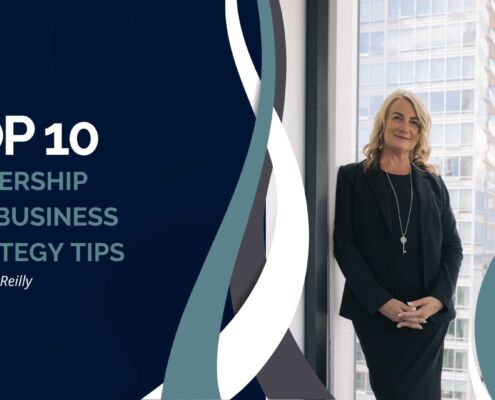
Forging Ahead: Reflecting on 2023, Embracing 2024
Let’s start by reviewing our past year’s wins and challenges.
PROFESSIONAL…

Enhancing Your Leadership Perception Among Colleagues
As a leader, you must know how your colleagues perceive your…

Sustained Momentum In Your Leadership Role
Passing the mid-year mark can often leave leaders feeling fatigued…

Top 10 Leadership and Business Strategy Tips
Here are my top 10 leadership and business strategy tips that…

How to Deliver Your Key Message in Under 3 Minutes
As leaders, effective communication is paramount, and this month,…

